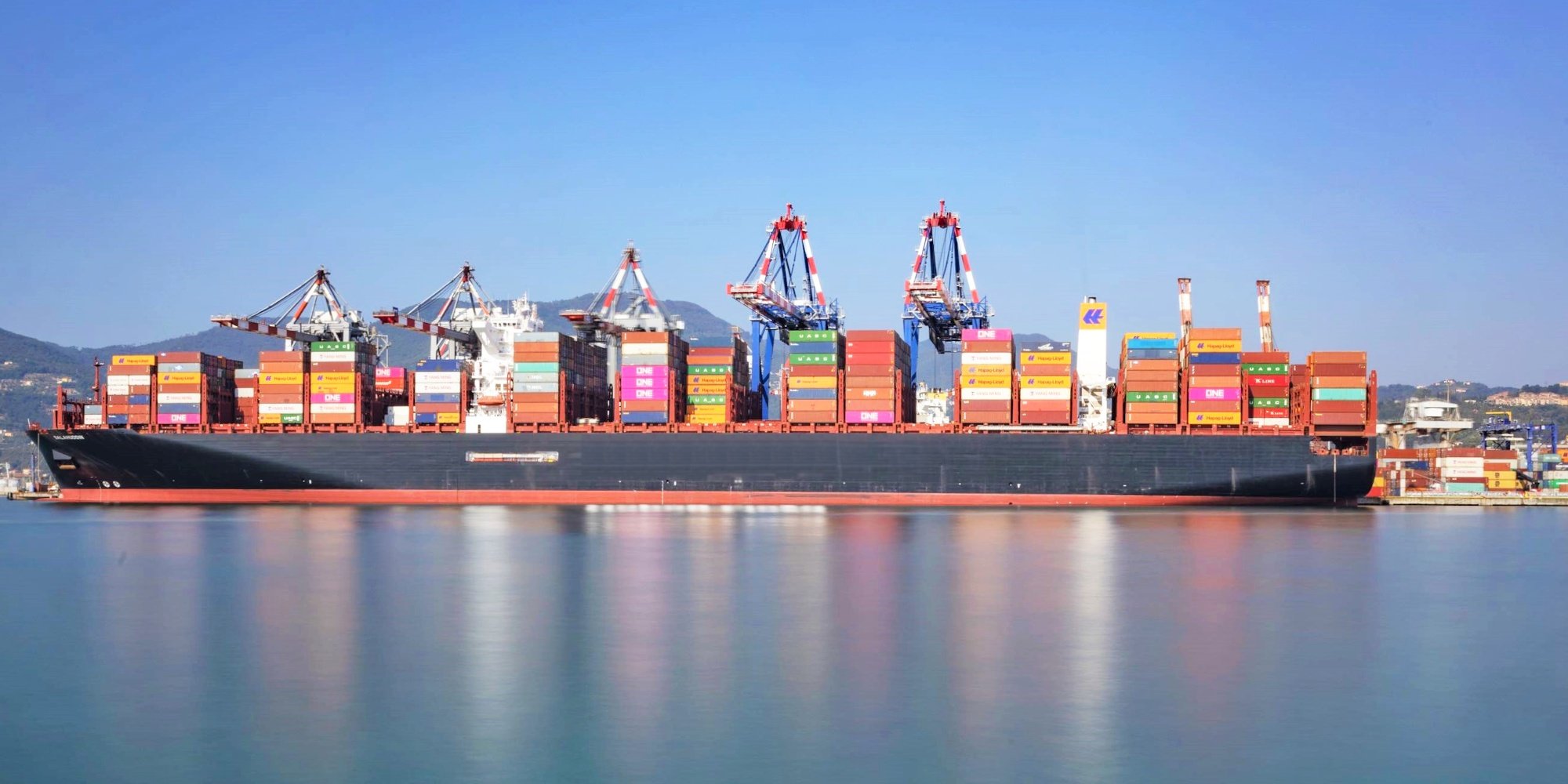As we near the close of what has been a choppy and challenging year for all container trades, we discussed with Peter Hill, Contship Italia Sales and Business Development Director, about some of the key industry-related issues and influences shaping Asia-Europe trade.
We discuss the need to ensure rapid and sustainable post-COVID-19 recovery and consider how big-picture trends, from carrier market consolidation to compliance with environmental regulations and the search for ever-greater operational efficiencies will continue to influence customers’ behaviour.
Peter, what are the biggest changes to the Asia-Europe Route in the past 5 years?
Peter Hill : Over the past few years, we have seen strong growth in the eastbound trade to Asia. We have also seen the formation of three strong Alliances (2M, THE Alliance, and Ocean Alliance) in 2017, to better manage capacity and improve product offering. Meanwhile, the deployment of Ultra Large Container Ships (ULCS) brings the benefit of economies of scale in a strong/healthy market, reducing transport costs per container.
Cost will always be a key determining factor but there are other important factors such as reliability. Ships are getting bigger, but schedule integrity is slipping and one of the reasons is the inability of ships today to make up lost time by increasing speed. Few ships have the capability to do this nowadays, but the major restriction is the cost of the increase in fuel consumption.
Escalation in fuel costs in the past few years has had an impact on ship design and network planning. For example, the Maersk Triple E vessels were designed and constructed with the emphasis on lower fuel consumption.
If we look back it wasn’t so many years ago ships, on the Asia-Europe trade were operating at 26 knots covering the distance from Hong to Rotterdam in 18 days. Today’s fuel-efficient ships will take about 5 days more. Furthermore, any significant drop in oil prices often encourages the eastbound sailing to route via the Cape of Good Hope, instead of the Suez Canal. This can be achieved by using all the buffer time in the schedule and slightly increasing the speed to ensure the pro-forma schedule is maintained arriving Asia. The increased cost of fuel consumption is more than offset by the saving in Suez Canal transit-fees.
How does vertical integration affect the route and supply chain development?
PH: Over the past few years, we saw CMA CGM acquire CEVA, while AP Moller-Maersk merged its supply chain management and freight forwarder units under DAMCO.
I think there are two schools of thought on how they look at new opportunities to drive revenue.
One way is integration into terminals, which a few lines have done successfully either on a global, or regional scale.
The other way is providing logistical solutions through integrated forwarding services for niche cargoes or trucking & warehousing, which has expanded and developed into global logistics supply-chain management.
However, I think lines are still a bit hesitant to invest significantly in the freight-logistics side of the business, given the capital required. Meanwhile, there are a lot of experienced long-term specialists in the market to contend with.
In the long term, line will still gravitate and favour the One-Stop-Shop approach to their customers, as this potentially gives them the opportunity to avoid becoming commoditized. They strive to meet market requirements.
What are the biggest concerns from Asian customers? Are speed and cost the dominant factors in far East trade or are other factors such as sustainability, CO2 emissions, clean fuel, and environmental concerns becoming just as important?
PH: Cost is always the number one concern for customers. However, there are also environmental factors being taken into consideration and linking it to cost-effectiveness of supply. Putting sustainability into the consideration allows them to differentiate their product from everybody else. Brand distinction is key in a competitive market.
More customers are looking towards green logistics and how they can innovate and take advantage. However, it is a mindset that needs to be changed over time.
There is a greater awareness and transparency of how things happen and work within the scope of intermodal transport. Customers can better manage the movement of their goods.
20 years ago, cargo owners were more reliant upon their suppliers to handle a shipment. But today, there's much more knowledge and experience to know how to route cargo, negotiate rates and become more involved in the selection process, rather than leaving matters to a third-party.
Now most major companies have their own logistics departments, responsible for not only international shipping, but warehousing and distribution which was previously managed externally. A lot of these functions have been brought in-house to manage which improves awareness, visibility and knowledge.
And certainly, technological advancement weaves its magic!
It allows customers to see that first-hand, via laptop screen or an app on your phone. You can see if there is a critical shipment and it helps you better manage your supply chain smoothly.
Although most of the shipment will go without any problem, it is still important to find out information or be provided with information at any time - that's one of the greatest advances I've seen.
How does the liner industry build resilience in POST-COVID period?
PH: The supply chain has been extremely robust over the past nine months and the joint effort and achievements to keep the cargo flowing is quite remarkable.
Following the impact of COVID-19, lines are focusing on better capacity management not only in network deployment, but in scrapping and new-builds where, for the latter, there has been an element of restraint and control.
Supply seems to be more aligned to demand and the domino effect of tonnage cascading down to other trades has slowed down considerably. This in turn has allowed these trade-lanes to also achieve a level of stability. I think the lines would be crazy to not try and maintain.
Adherence to the new regulations and PPE (Personal Protective Equipment) means life goes on but in a different way. The shelves are still full and Lines are now focused on the bottom-line rather than chase market share at any cost. This will be beneficial for a sustainable outlook for the industry.
Currently we enjoy a stable foundation in terms of capacity management and ship deployment. It is important the lines continue this responsible approach to new-buildings and capital expenditure and maintain healthy revenue levels.


 Peter Hill is Contship Italia Sales and Business Development Director; a veteran of the industry, with more than 30 years of experience in the maritime sector.
Peter Hill is Contship Italia Sales and Business Development Director; a veteran of the industry, with more than 30 years of experience in the maritime sector.
